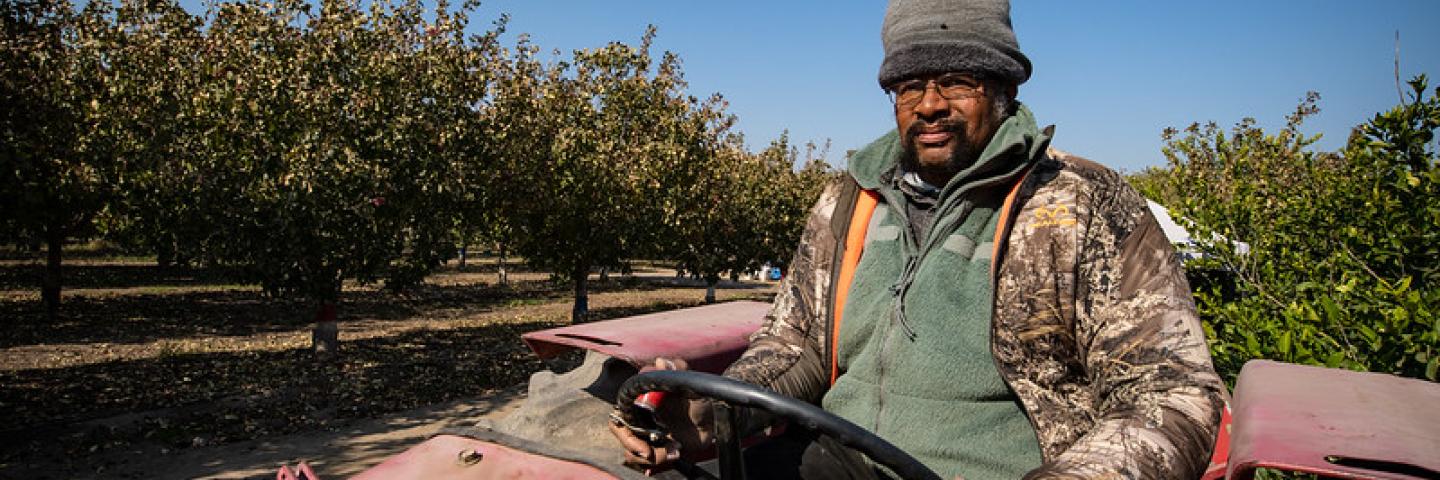
Press Release

The Agricultural Management Assistance (AMA) helps agricultural producers manage financial risk through diversification, marketing or natural resource conservation practices.
NRCS administers the conservation provisions while Agricultural Marketing Service and Risk Management Agency implement the production diversification and marketing provisions.
Producers may construct or improve water management structures or irrigation structures; plant trees for windbreaks or to improve water quality; and mitigate risk through production diversification or resource conservation practices, including soil erosion control, integrated pest management, or transition to organic farming.
AMA is available in 16 states where participation in the Federal Crop Insurance Program is historically low: Connecticut, Delaware, Hawaii, Maine, Maryland, Massachusetts, Nevada, New Hampshire, New Jersey, New York, Pennsylvania, Rhode Island, Utah, Vermont, West Virginia, and Wyoming.
Who Is Eligible
Producers must:
Land Eligibility
NRCS program results data are housed on the RCA Data Viewer.
The Natural Resources Conservation Service oversees the conservation provisions of AMA. The Agricultural Marketing Service is responsible for an organic certification cost-share program, and the Risk Management Agency is responsible for mitigation of financial risk through an insurance cost-share program.
Contact your local service center to start your application.
Do you farm or ranch and want to make improvements to the land that you own or lease?
Natural Resources Conservation Service offers technical and financial assistance to help farmers, ranchers and forest landowners.

To get started with NRCS, we recommend you stop by your local NRCS field office. We’ll discuss your vision for your land.
NRCS provides landowners with free technical assistance, or advice, for their land. Common technical assistance includes: resource assessment, practice design and resource monitoring. Your conservation planner will help you determine if financial assistance is right for you.
We’ll walk you through the application process. To get started on applying for financial assistance, we’ll work with you:
Once complete, we’ll work with you on the application, or CPA 1200.
Applications for most programs are accepted on a continuous basis, but they’re considered for funding in different ranking periods. Be sure to ask your local NRCS district conservationist about the deadline for the ranking period to ensure you turn in your application in time.
As part of the application process, we’ll check to see if you are eligible. To do this, you’ll need to bring:
If you don’t have a farm number, you can get one from USDA’s Farm Service Agency. Typically, the local FSA office is located in the same building as the local NRCS office. You only need a farm number if you’re interested in financial assistance.
NRCS will take a look at the applications and rank them according to local resource concerns, the amount of conservation benefits the work will provide and the needs of applicants. View Application Ranking Dates by State.
If you’re selected, you can choose whether to sign the contract for the work to be done.
Once you sign the contract, you’ll be provided standards and specifications for completing the practice or practices, and then you will have a specified amount of time to implement. Once the work is implemented and inspected, you’ll be paid the rate of compensation for the work if it meets NRCS standards and specifications.